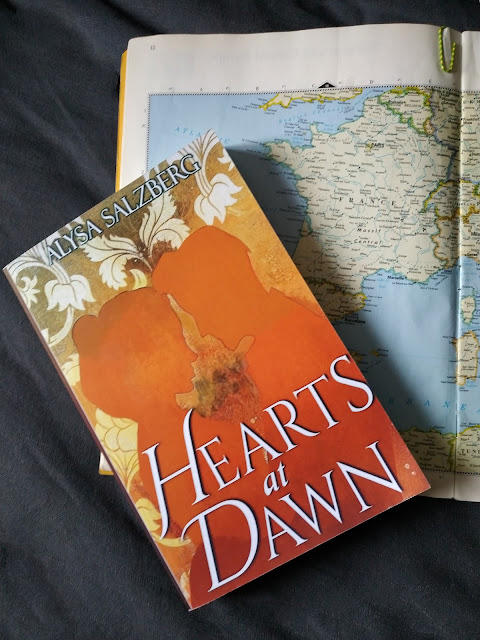Please take out your pencils

In the nearly three years since I published Hearts at Dawn , I’ve had a few surprises, but by now, I figured they were over. But I didn’t take into account that people notice different things, which makes writing (not to mention life) endlessly surprising. Recently, a new writer friend and I have been reading each other’s books. I was thrilled that he liked Hearts at Dawn - but there was something he’d found confusing. He’d noticed that at one point Orin describes Beauvoir, the town Claire’s brother lives in (and, eventually, an important plot point), as being “almost exactly due east” of Paris. But every other time I’d described where it was situated, he noted, it was said to be west of the city. When he told me this, I was totally shocked. In all this time that Hearts at Dawn has been out in the world, no one else has ever noticed this - myself very much included. I’ve re-read my manuscript multiple times, including once last year, just before my friend Rip Coleman , fo




